Warren Baverstock: Djibouti whale sharks
Along a small stretch of uninhabitable coastline off the coast of Djibouti lies one of natures treasures which up until now, few have been privileged to witness. During the months of October through to February, large aggregations of young whale sharks (Rhincodon typus) visit the Gulf of Tadjoura to feed on the plankton rich waters within the Gulf of Aden. Little is known about where the sharks come from, but local reports from ecotourism operators suggest that during the months of October to February, large aggregations of mostly juvenile male sharks move around a small area of coastline in search of food. Luckily, during this time of year food is plentiful and at certain times of the day, dense blooms of plankton are brought to the surface, which the whale sharks seem to find.
Plankton is made up of small or microscopic organisms such as fish eggs, tiny fish fry, crustaceans, algae and protozoans. Whale sharks are filter feeders that swim through the water with their mouths wide open to feed. As they gulp at the incoming water they use their gill rakers to filter out the microscopic plankton before exhausting the filtered water over their gills for oxygen transfer. In Djibouti, from around 10.30am through to 6pm, sharks rise to the surface and cruise along the shallow shoreline in search of food.
By late morning as the sun becomes higher in the sky, plankton is attracted to the water’s surface. Additionally, as the wind picks up, currents upwell creating plankton hot spots up and down the coast. Once the cruising sharks track down these blooms of plankton, their swimming patterns will change to either ram or vertical feeding. Ram feeding sharks will swim very fast through the water with their mouths wide open trying to filter as much water as possible. As plankton density increases, the sharks will often start to gulp which will invariably slow their swimming speed. If, left undisturbed a gulping whale shark will often stop swimming and instead rotate itself into an almost vertical position where it will continuously gulp stationary in one area until the food source is depleted. Unlike the large aggregation of whale sharks found off the coast of Yucatán Peninsula (Mexico) where visibilities and water color seems perfect for underwater photography, Djibouti offers slightly more challenging conditions which include plenty of cloud cover and green water.
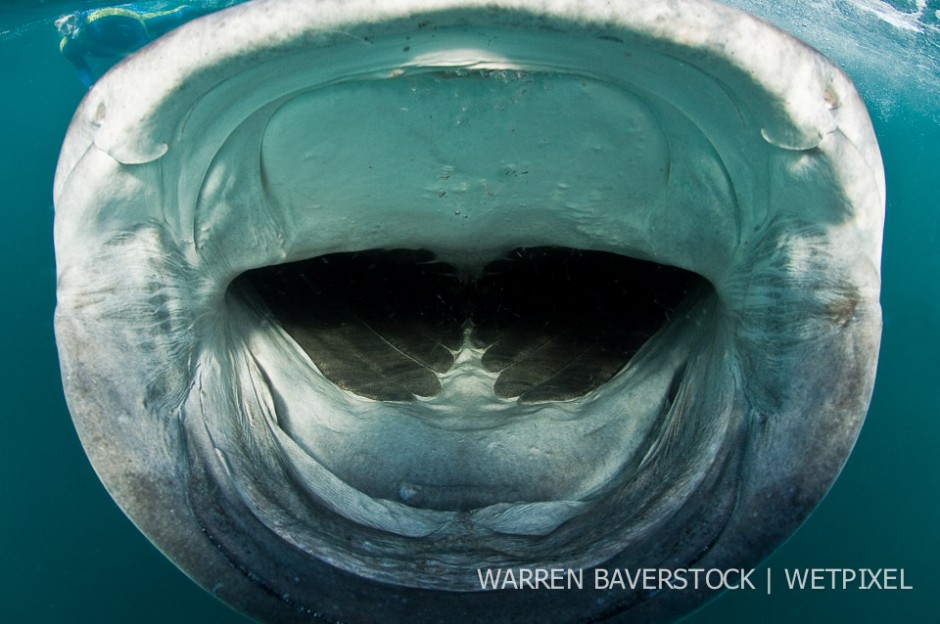
Open Wide – oblivious to the researchers in the water, the sharks will often surprise you by getting extremely close.
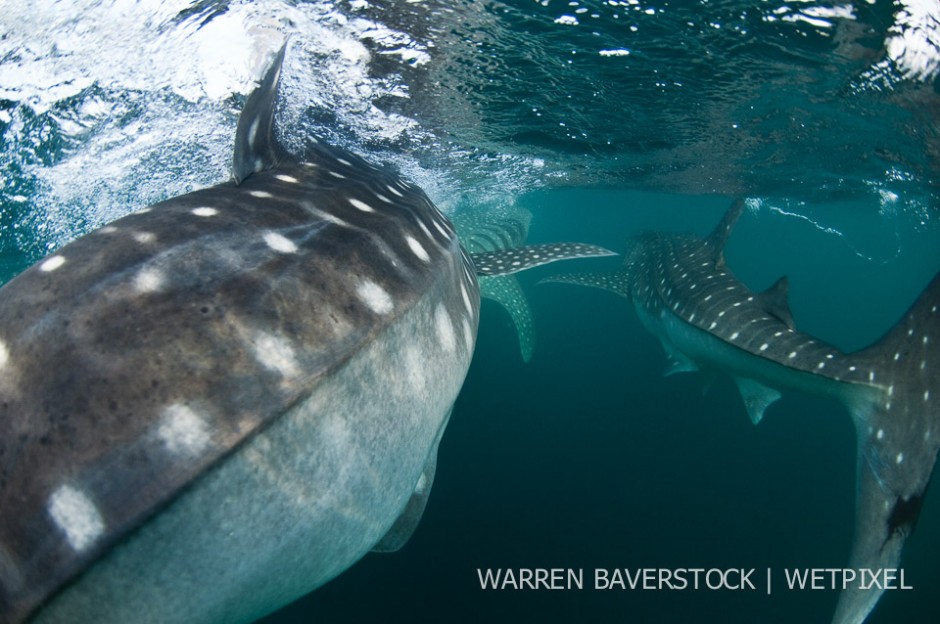
Busy Traffic in the Afternoon – as the wind picks up in the afternoon, the current brings more food to the surface and with it, even more sharks.
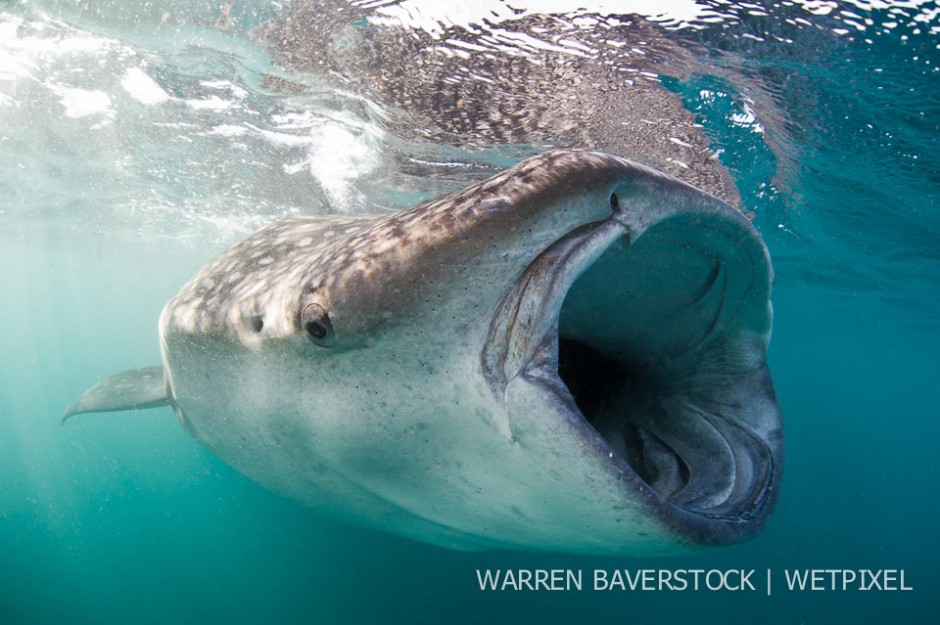
Looking For Food – As small clouds of plankton is drawn to the surface so the whale sharks aggregate, circling tightly to try and consume as much of the food as possible.

Hook Eye – one of the regulars seen one year was this shark that had caught itself on some fishing line.

Ram Feeding Giants of Djibouti – the whale sharks of Djibouti….
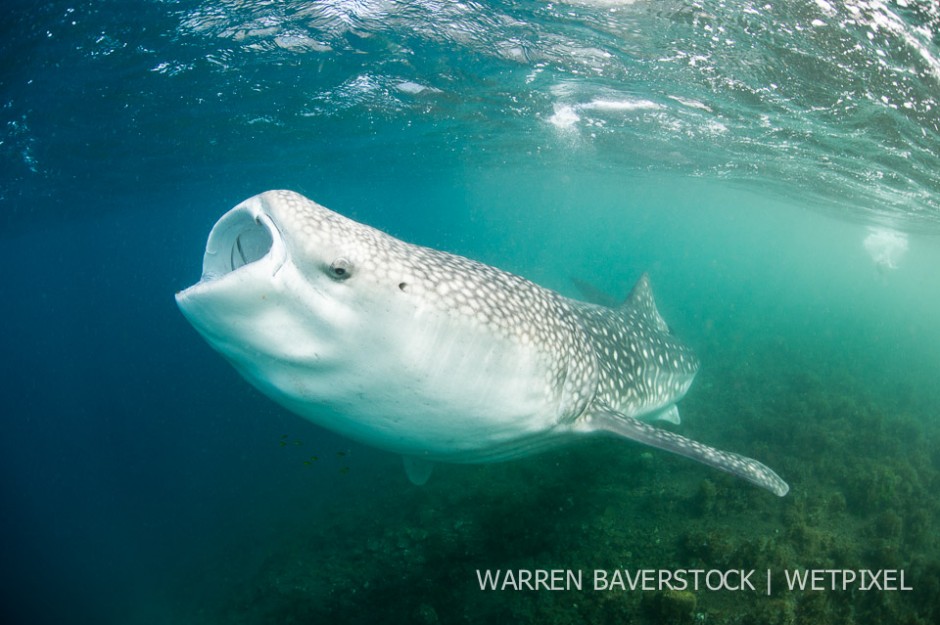
Work Those Gills – In a stationary position a whale shark flaps its gills in an attempt to consume the small cloud of plankton.
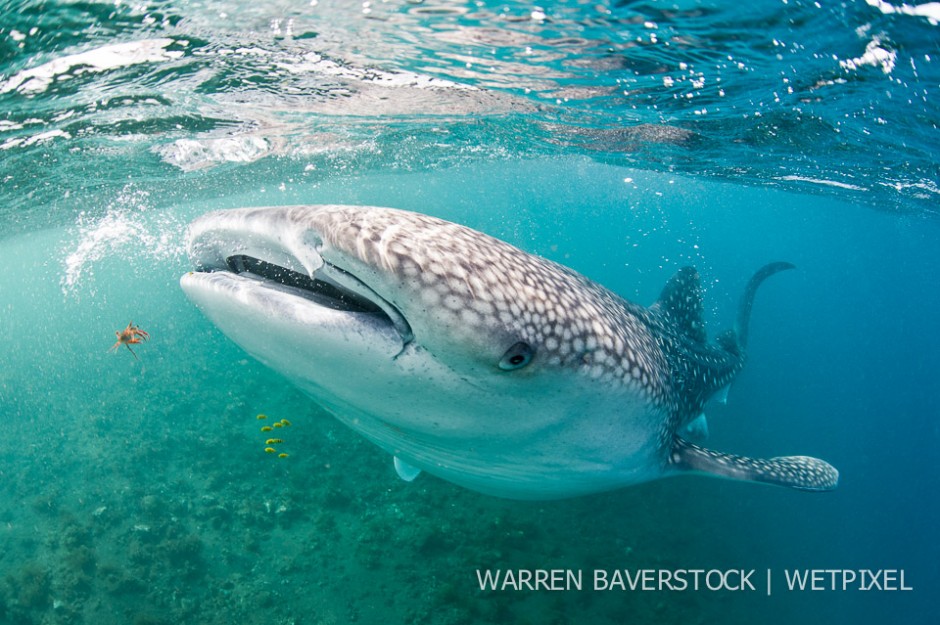
Regurgitating An Unwanted Critter – from time to time, unwanted marine life is accidentally consumed – here a red swimming crab is regurgitated.

*016 - Free Ride – small trevally are often seen hitching a free ride which is helpful for identification of individual species.
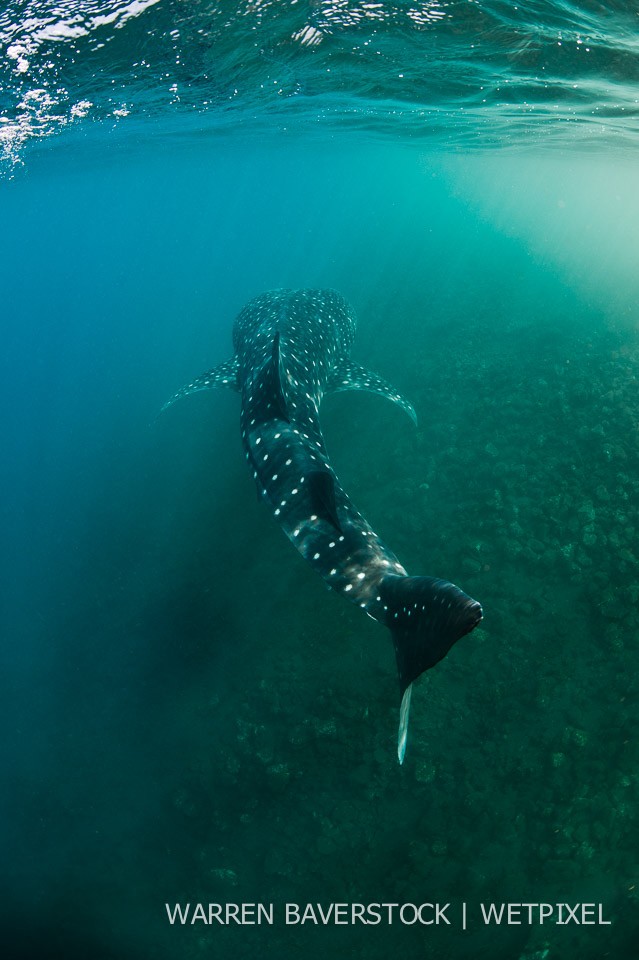
Early Morning Cruiser – whale sharks slowly swim up to the shallows and follow the shoreline in search of food.

Coming To The Surface In Search Of Food – Out of no-where a whale shark manages to sniff down a small cloud of plankton.
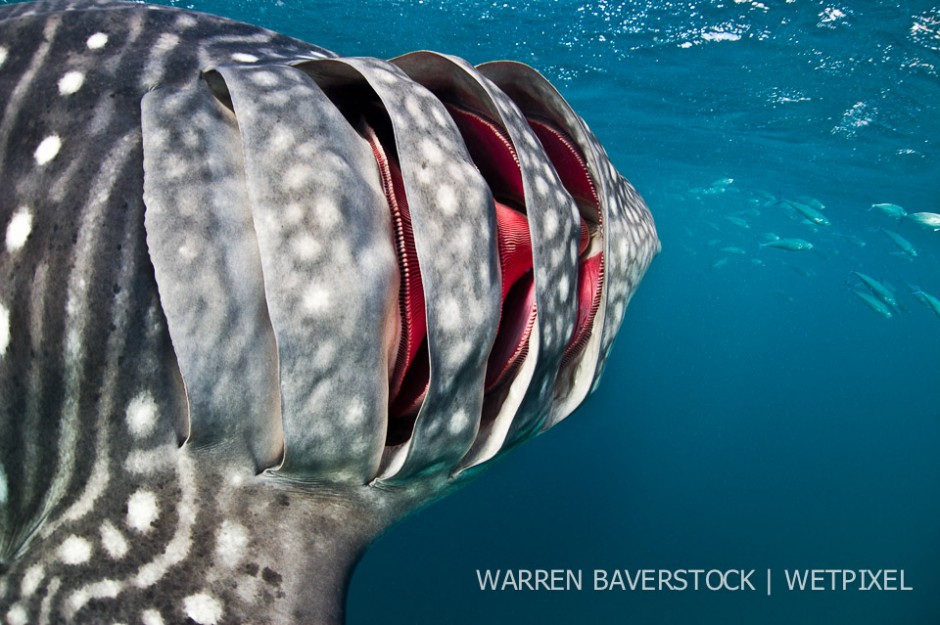
Work Those Gills – In a stationary position a whale shark flaps its gills in an attempt to consume the small cloud of plankton.
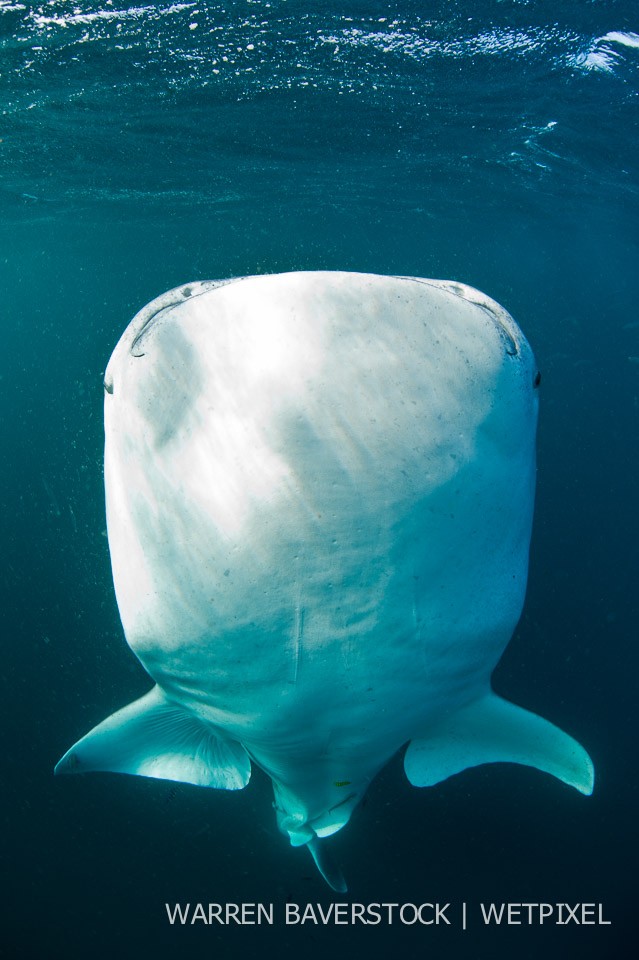
Vertical Feeding Approach – as the water becomes saturated with arrow worms, the sharks stop swimming fast and instead vertical feed.
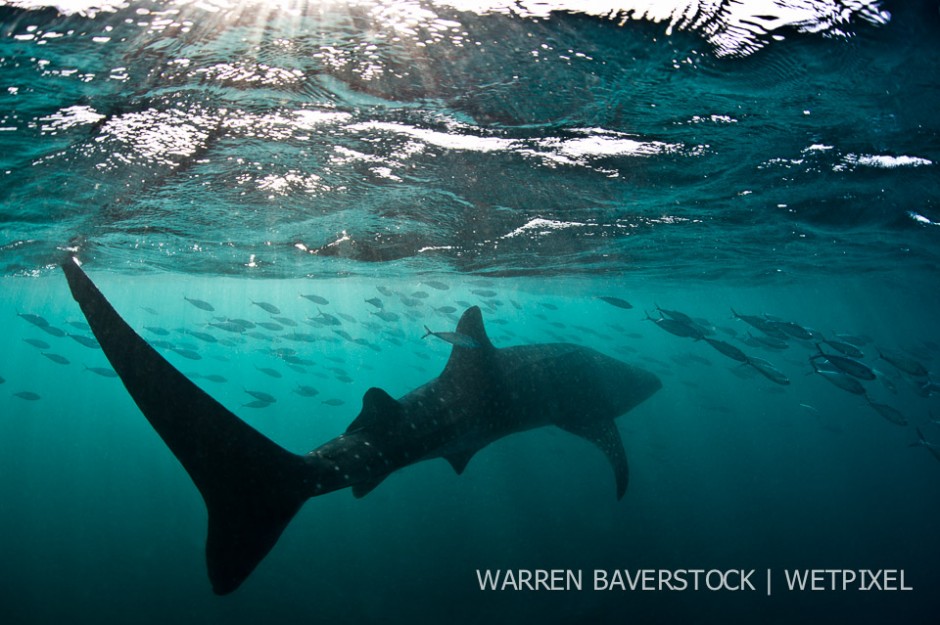
Whale Shark Action – as the sun slowly starts to get lower in the sky, so the wind picks up dispersing the food concentrations at the surface and so the sharks return to ram feeding before sunset.
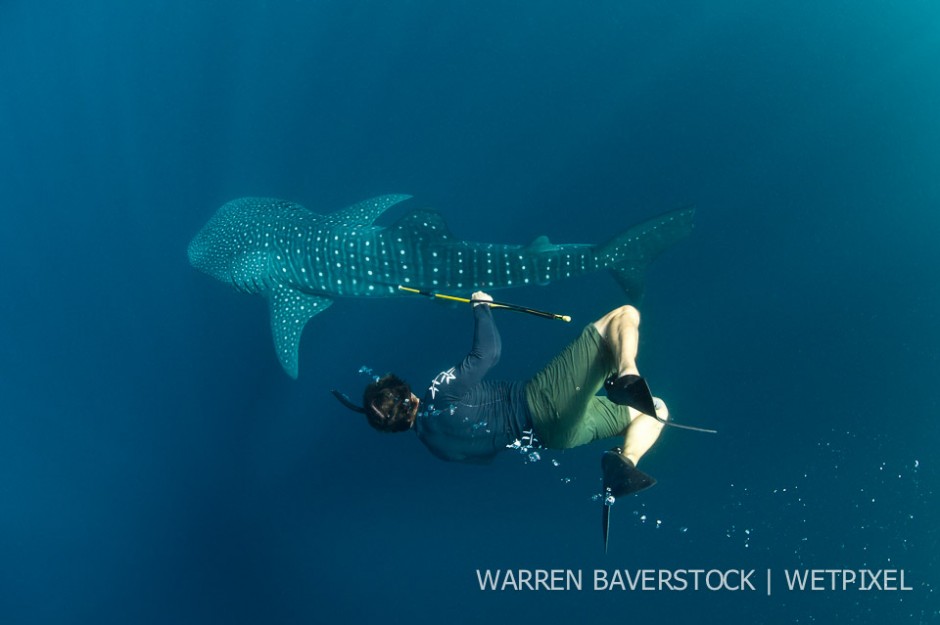
Whale shark research.
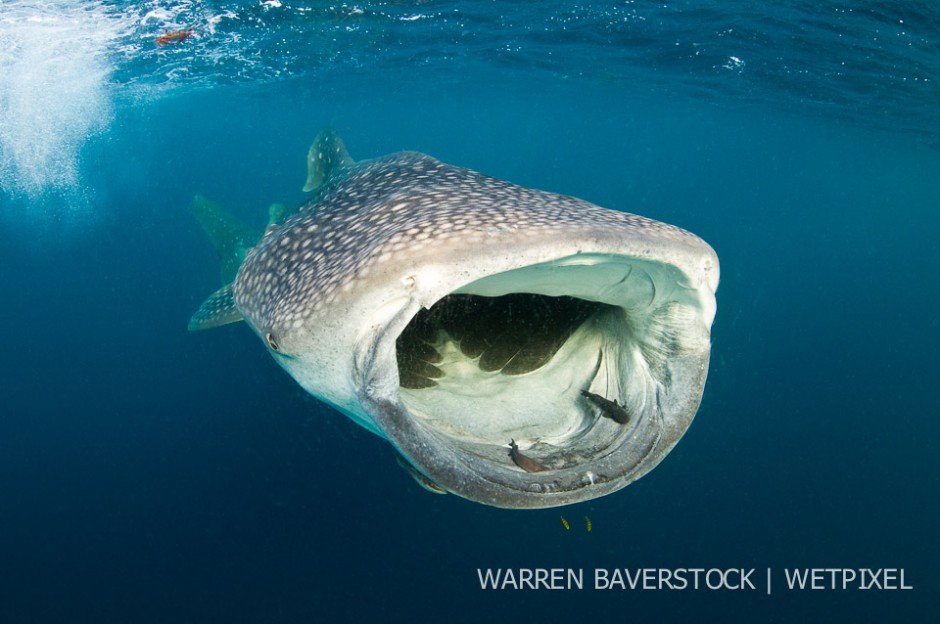
Finding The Arrow Worm – Finally clouds of arrow worm start to appear and as they do, the sharks swim a little faster.
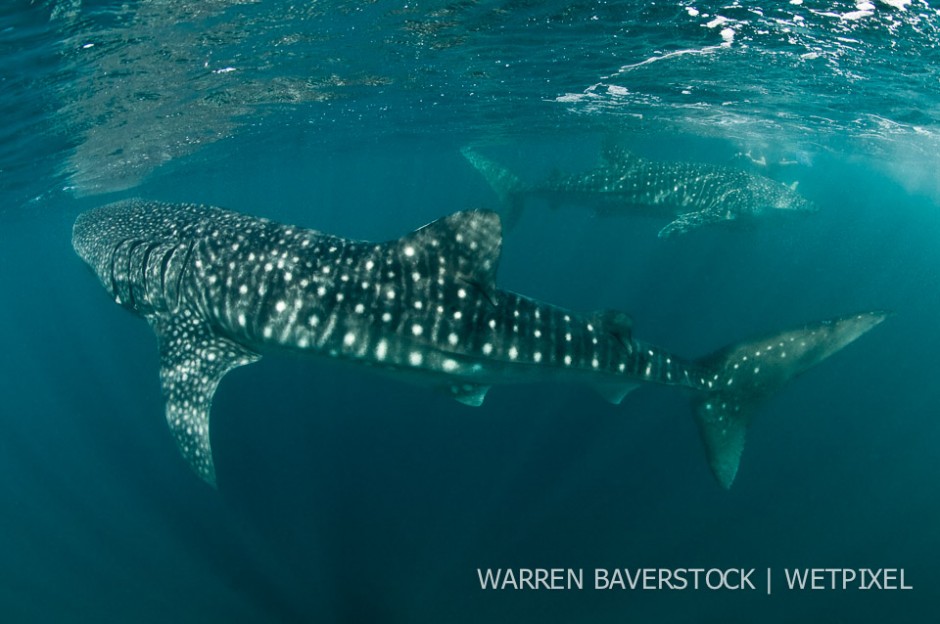
Mid-Day Shark Excitement – as more food comes to the surface, more sharks arrive to feed.
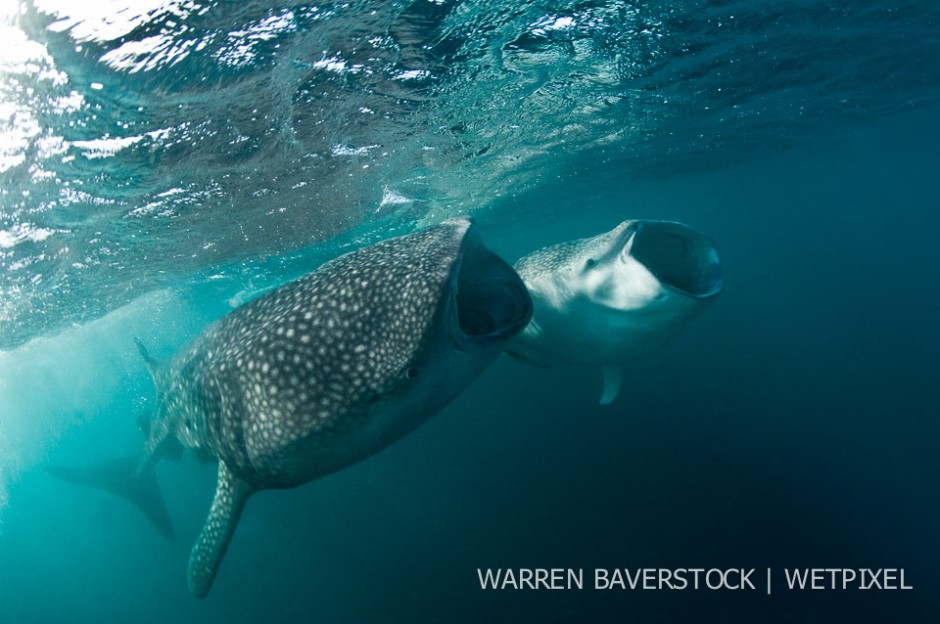
Competing For Food – an example of whale sharks following the same trail to a cloud of plankton.

Whale Shark Research - Satellite Tagging is an invaluable tool to learn more about these mysterious sharks.
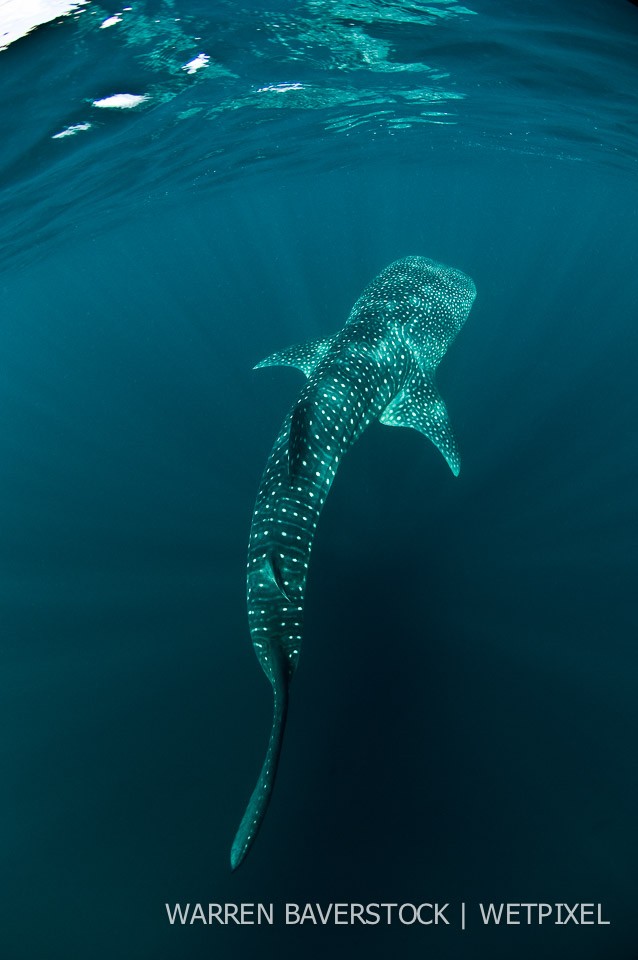
Late evening.

Surface Gulper – whilst in the vertical position the sharks simply gulps just beneath the surface to consume the cloud of food.
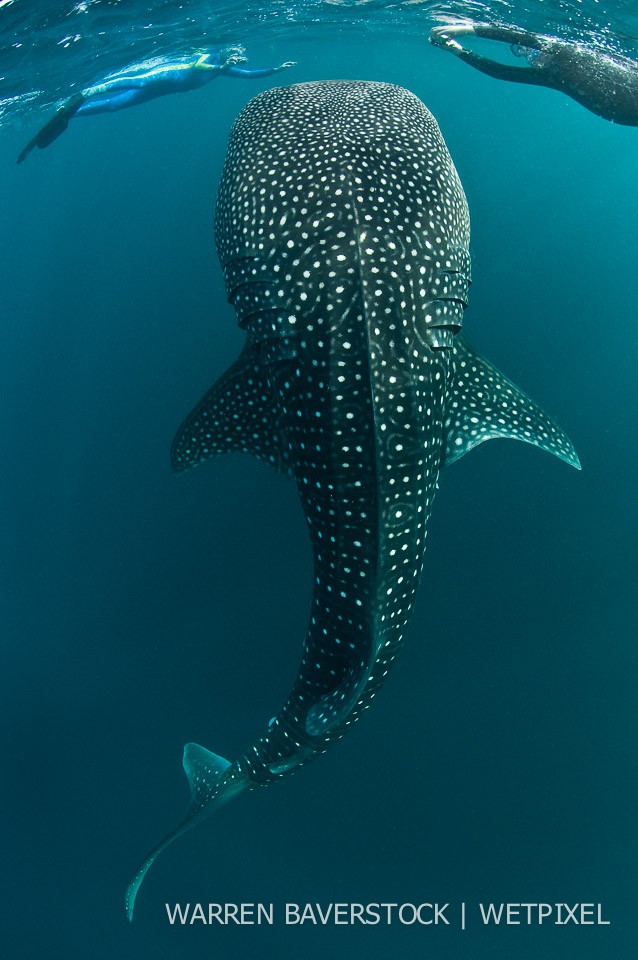
Oblivious - Vertical Feeding – this feeding opportunity is far too important not to be missed.
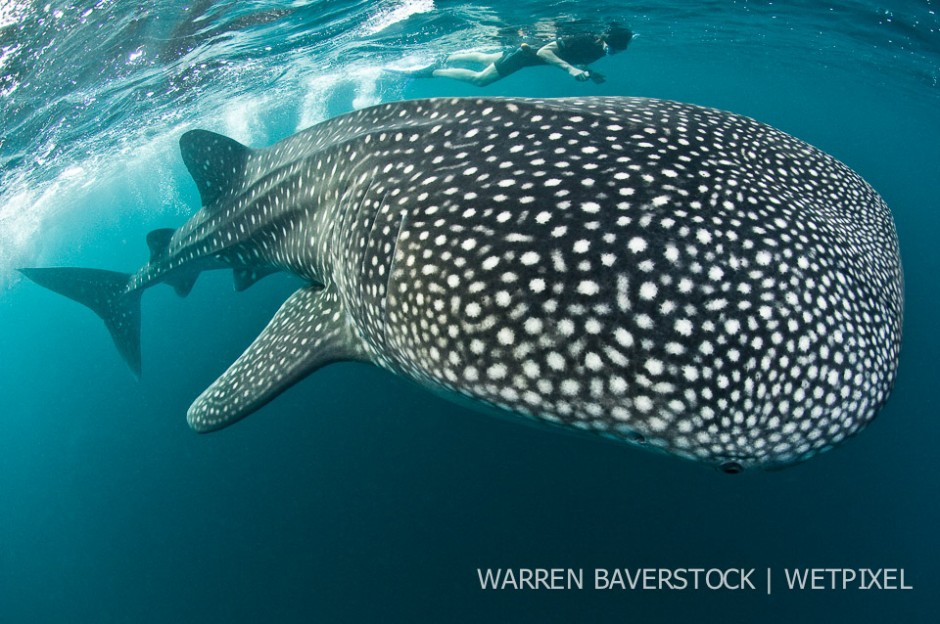
Whale Shark Research - ID – to find out more about these whale sharks, the Marine Conservation Society Seychelles visit Djibouti annually where over 2 to 3 weeks they identify and record individuals using photographic records and I3S software.

Whale Shark Research – ID – MCSS have developed a huge library of data over the years – he is another example of data recording using laser technology to measure whale shark length.

Example of a Ram Feeding Whale Shark – in attempt to consume as much food a possible, sharks ram feed and considerable speed.